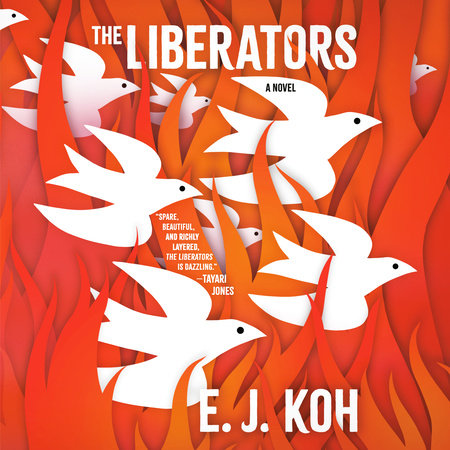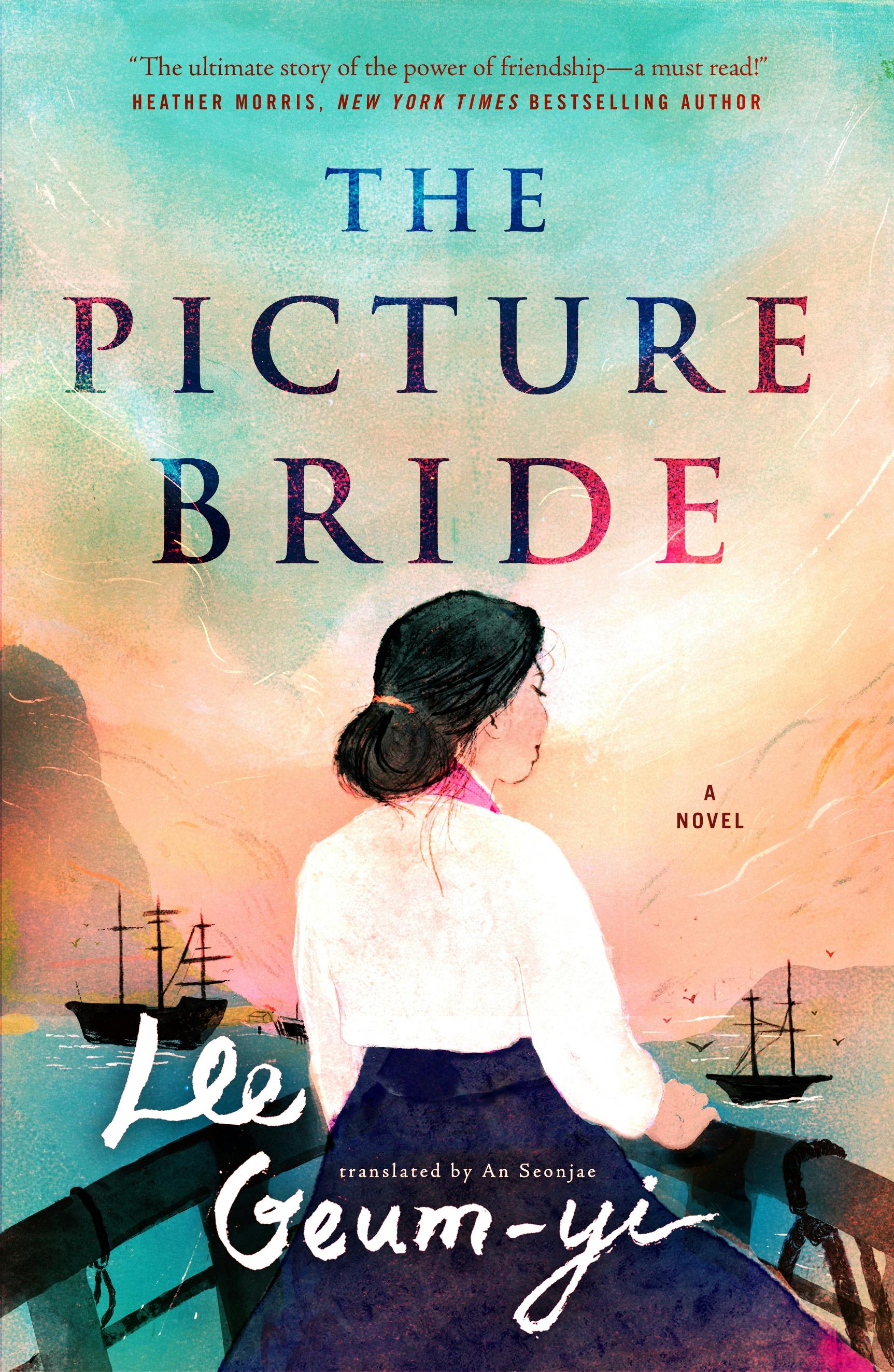
The Liberators is a powerful punch of a novel packed into a mere 240 pages. With an economy of words, almost bordering on stinginess, Koh delivers full fleshed characters and a tragedy of relationships and history. This is a masterful work of historical fiction.
The novel revolves around two intertwined narratives, one historical and the other intimate. The division between North and South Korea is the constant thread of grief and loss that plays against a more personal tragedy in the form of a young couple’s romance, marriage, and slow death thereof as the husband and wife are separated through migration and tradition. Nation here becomes an actor itself; the North and the South, like siblings or lovers torn apart by foreign forces, growing in ever divergent directions. This parting is mimicked by the husband and wife, until at last reconciliation seems impossible.
Here is a complex interweaving of expectations and desires that become thwarted by forces of history and culture in ways that are beyond any individual’s control.


